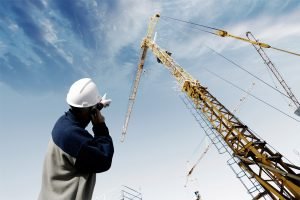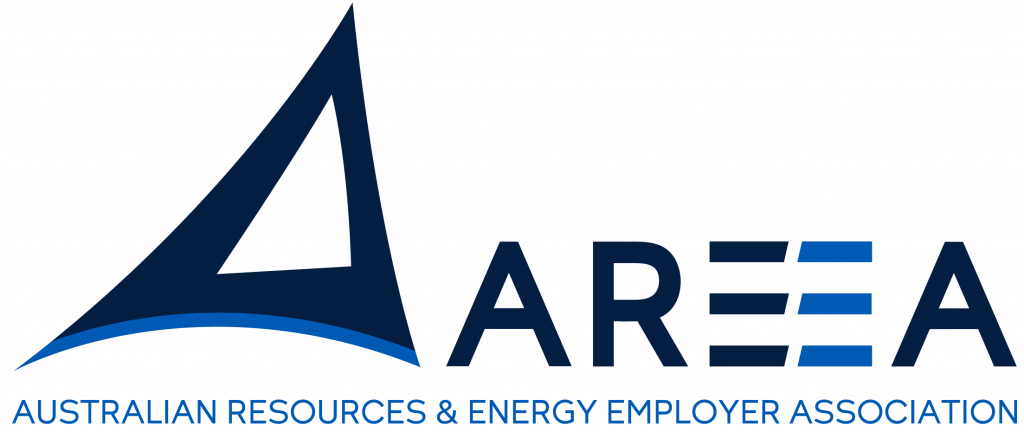Seasonally adjusted employment increased by 114,700 people between June and July, and hours worked increased 1.3 per cent, according to the Australian Bureau of Statistics (ABS).
Bjorn Jarvis, head of Labour Statistics at the ABS, said July figures indicated that employment had recovered by 343,000 people and hours worked had also recovered 5.5 per cent since May.

“Employment remained over half a million people lower than seen in March, while hours worked remained 5.5 per cent lower.,” he said.
The monthly increase in employment in July was underpinned by a larger increase in part-time employment (71,200 people) than full-time employment (43,500 people). Overall, the percentage of people employed in Australia increased 0.5 percentage points to 59.8 per cent, up from a low of 58.2 per cent in May.
Minister for Employment, Skills, Small and Family Business, Senator the Hon Michaelia Cash said the figures demonstrate the underlying strength of the Australian labour market and show that the easing of COVID-19 restrictions resulted in some improvement in the labour market.
She said it was important to note that most of the July Labour Force Survey reference period (28 June to 11 July) pre-dates the implementation of Stage 3 and Stage 4 restrictions in Melbourne (on 8 July and 5 August, respectively) that were put in place due to the outbreak of COVID-19 cases.
“The Government remains cognisant, however, of the need to remain agile and the importance of responding flexibly to outbreaks of COVID-19, to help mitigate the impact on the labour market,” Minister Cash said.
Encouragingly, female employment increased by 59,500 (or 1.0 per cent) in July, while youth employment rose by 55,600 (or 3.2 per cent).
Minister for Women Marise Payne welcomed the figures as a positive step for women’s employment and the gender pay gap, despite many Australians being hit hard by COVID19, especially many women.
“Notwithstanding these challenges, Australian Bureau of Statistics Labour Force data, released yesterday, show positive movement and that women’s employment is recovering in many parts of the country,” she said.
The Australian Bureau of Statistics Average Weekly Earnings data, which were also released last week, show that in May 2020, the gender pay gap widened slightly by 0.1 percentage points to 14.0 per cent.
“We know that women have been significantly impacted by COVID-19. Industries in which women make up the majority of workers have been amongst the hardest hit,” Minister Payne said.
“We are focused on ensuring that the gains made for women in recent years are not reversed by the economic effects of the pandemic, which is why women’s economic security is a key focus of the Morrison Government’s plan for our recovery. The Government is focused on supporting women’s workforce participation now and into the future.
“Prior to the pandemic, more than 1.5 million jobs were created under the government’s strong economic policies – the majority filled by women – and the gender pay gap was at a record low. We have made historic gains in women’s employment and workforce participation before – and we can do it again, together.”



